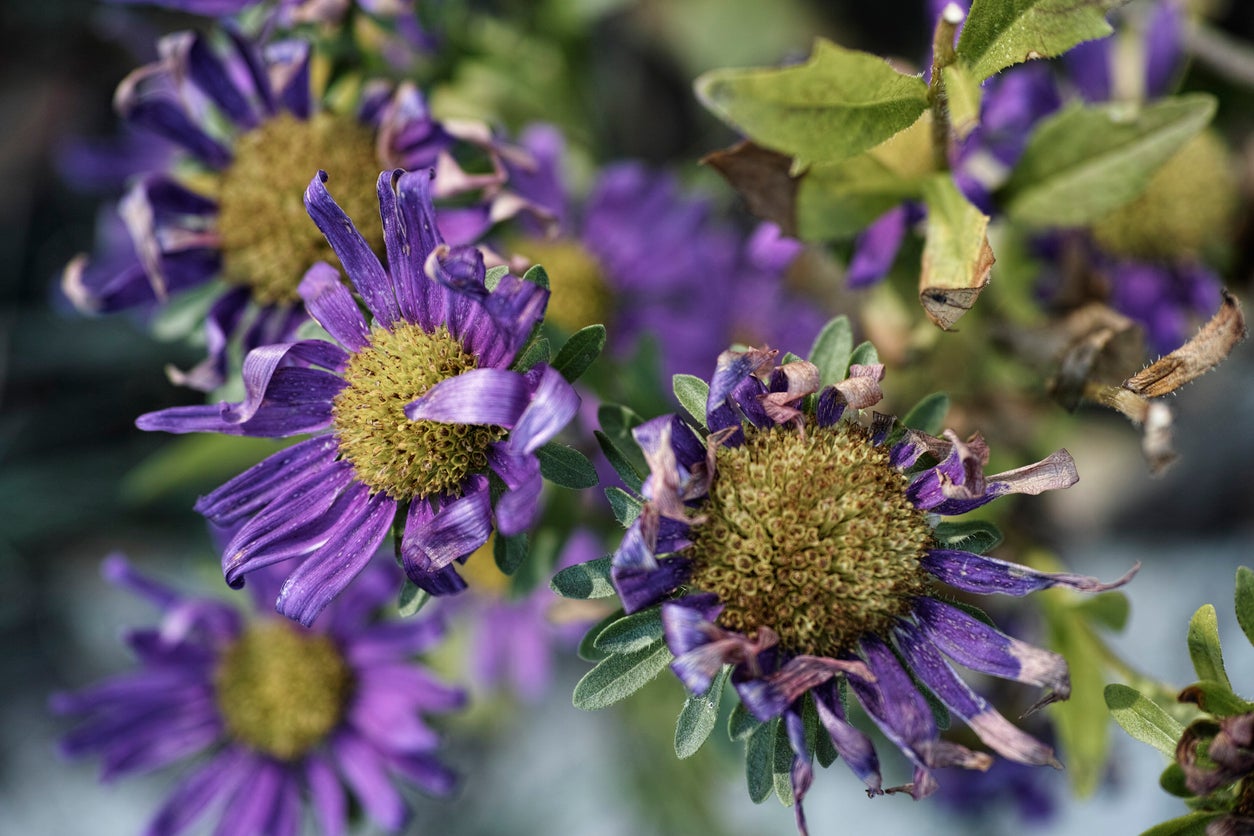Aster Wilt Disease – How To Treat Aster Wilt Symptoms


Growing asters with late-season, cool weather blooms fills in garden spaces where other flowers have not made it through the summer heat. Daisy-like blossoms of the aster, sometimes called Michaelmas daisies, welcome pollinators and those tending the flower garden alike-- until the gardener finds a case of aster wilt disease. Wilting asters are difficult to revive once blossoms appear and young plants with aster wilt symptoms rarely survive. Learn what you can do to save your asters in this article.
What Causes Wilting Asters?
Aster fusarium wilt is a fungal issue that is soilborne and may remain in your beds indefinitely. It may also come in with soil your plants are potted in.
Aster wilt most often attacks those in bloom. Leaves on the bottom or one side yellow and buds and blooms drop from the infection. A brownish fungal discoloration of vascular tissue is present on the stem near the base.
Managing Aster Wilt Symptoms
Affected plants should be removed and disposed of properly so the fungus does not spread. Burn or put in the trash. Don’t compost this or other diseased plant material.
If you’ve lost asters to wilt, avoid planting them again in the same area. Avoid moving this soil to other flowerbeds. You may remove and dispose of it and replace with fresh potting medium.
Replant with disease-resistant cultivars, such as Gem mixed or Dwarf Queen, keeping a close eye on the growing asters for wilt symptoms.
While it can be difficult to learn how to treat aster wilt, solarizing the soil between plantings sometimes kills the fungus. To solarize the soil, rototill the area and break up all clumps. Water in and allow to dry out for two days. Cover the area with a clear plastic, such as anti-condensation film, tucking the edges into the soil. Leave the wrap in place four to six weeks in summer, sometimes longer.
Sign up for the Gardening Know How newsletter today and receive a free copy of our e-book "How to Grow Delicious Tomatoes".

Becca Badgett was a regular contributor to Gardening Know How for ten years. Co-author of the book How to Grow an EMERGENCY Garden, Becca specializes in succulent and cactus gardening.